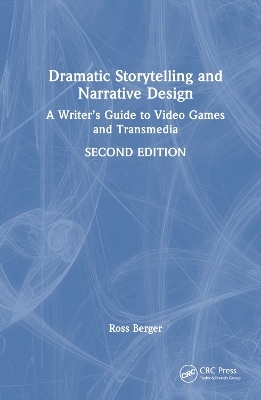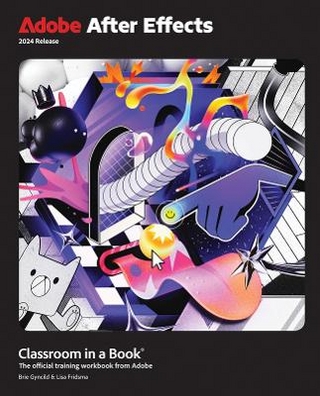
Dramatic Storytelling and Narrative Design
CRC Press (Verlag)
978-1-032-57162-1 (ISBN)
The understanding of game narrative is widened to include examples from other media. The author breaks down the structure of popular games and show how the structural elements are applied in practice. In addition to discussing industry trends, the author illustrates how the leveraging of transmedia can make a video game franchise endure over time. This updated new edition contains brand new chapters on Conflict and The Future of Interactive Storytelling, as well as deepened coverage on Character and World and Roles and Responsibilities. The author adds new discussion to the Analysis of Narrative in Contemporary Games through an examination of the HBO television adaption of The Last of Us.
This book will be of great interest to all those interested in the craft of storytelling, narrative design, and game writing.
Ross Berger is a writer, narrative designer, and transmedia strategist based in Los Angeles. His screenwriting credits include: Law & Order andthe Webby-Award winning LonelyGirl15. He also served as the supervising producer for the social media/television experience The Runner. Ross has also worked extensively in virtual reality as a writer for Meta’s Oculus Rift launch title Farlands and the award-winning thriller Eclipse: Edge of Light for the Google Daydream and Oculus Go. As a narrative designer in the video game industry, he has written AAA and mobile games for Microsoft, Electronic Arts, Niantic Labs, and many others. Ross is also the author of literary non-fiction (Purdue University Press, Intellect Books) and short stories including "Football with Leatherman" (2020), "Evie A.I." (2021), and “Kleiner in the Woods” (2022), published by TulipTree Publishing. A graduate of Brandeis (BA, Philosophy) and Columbia (MFA, Playwriting) universities, Ross is a member of the Writers Guild of America West (animation caucus) and the Television Academy and is currently an adjunct professor at University of Southern California’s School of Cinematic Arts and ArtCenter College of Design.
Chapter 1: Introduction. Chapter 2: Definitions and Distinctions. Chapter 3: Roles and Responsibilities. Chapter 4: Game Writing at the Ground Level. Chapter 5: Conflict. Chapter 6: Character and World. Chapter 7: Structure. Chapter 8: Other Storytelling Methods for Games. Chapter: 9: Meaningful Choice, Branching Narrative, and Downstream Effects. Chapter 10: Analysis of Narrative in Contemporary Games. Chapter 11: Breaking In. Chapter 12: Rules and Tools for Success. Chapter 13: The Future of Interactive Storytelling. Chapter 14: Transmedia. Chapter 15: College and University Programs
| Erscheinungsdatum | 30.08.2024 |
|---|---|
| Zusatzinfo | 6 Tables, black and white; 3 Line drawings, color; 3 Line drawings, black and white; 1 Halftones, color; 4 Illustrations, color; 3 Illustrations, black and white |
| Verlagsort | London |
| Sprache | englisch |
| Maße | 156 x 234 mm |
| Gewicht | 640 g |
| Themenwelt | Kunst / Musik / Theater |
| Informatik ► Grafik / Design ► Film- / Video-Bearbeitung | |
| Informatik ► Software Entwicklung ► Spieleprogrammierung | |
| Mathematik / Informatik ► Informatik ► Theorie / Studium | |
| ISBN-10 | 1-032-57162-4 / 1032571624 |
| ISBN-13 | 978-1-032-57162-1 / 9781032571621 |
| Zustand | Neuware |
| Informationen gemäß Produktsicherheitsverordnung (GPSR) | |
| Haben Sie eine Frage zum Produkt? |
aus dem Bereich


